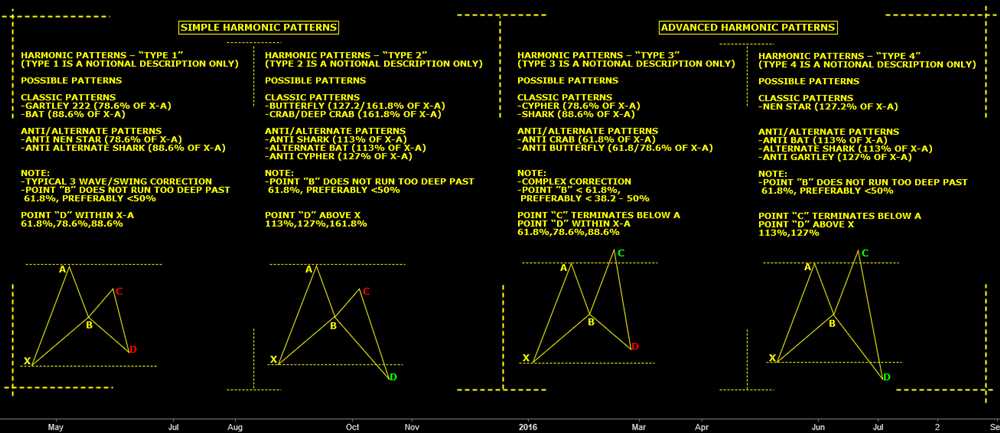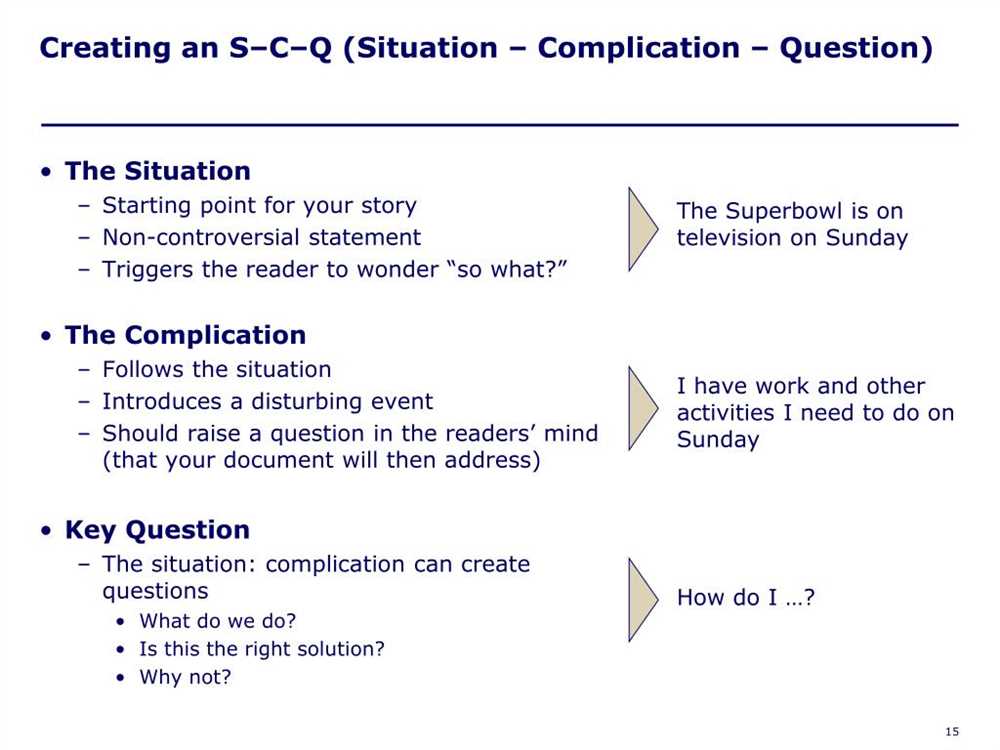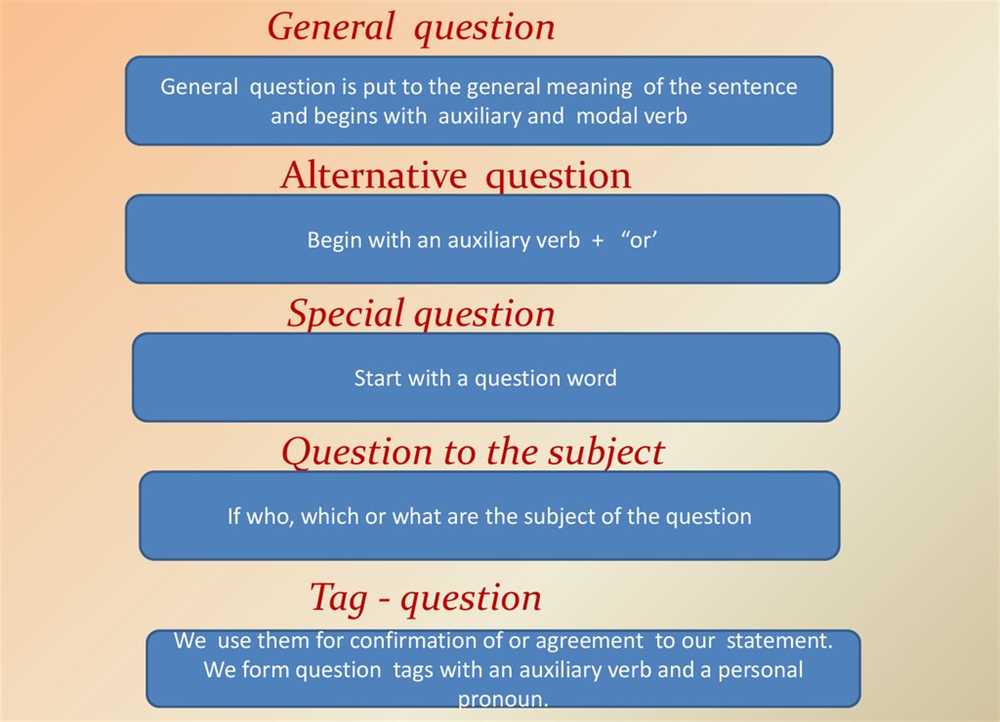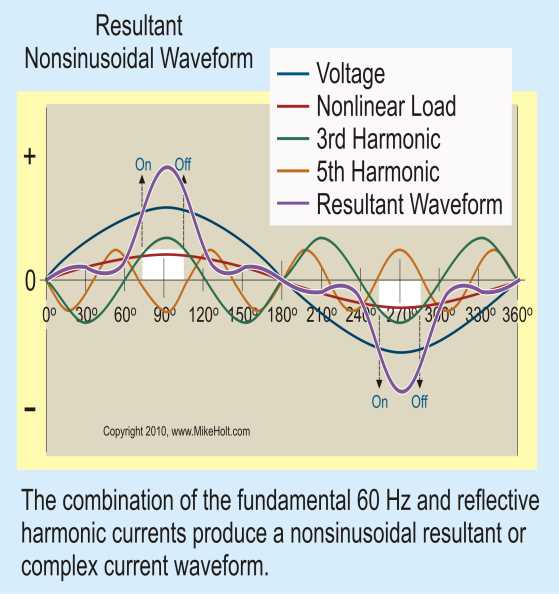
Landfill Harmonic is an inspiring project that showcases the power of creativity and resourcefulness in the face of limited resources. Through the innovative use of recycled materials, a group of young musicians from Cateura, Paraguay, have built instruments from items found in a landfill. In this article, we will discuss some frequently asked questions about the Landfill Harmonic project and shed light on its impact.
Q: How did the Landfill Harmonic project start?
A: The Landfill Harmonic project started in 2006 when Favio Chavez, a local music teacher, noticed the potential in discarded items found in the Cateura landfill. Along with a team of dedicated individuals, including a craftsman named Nicolas Gomez, they began crafting musical instruments from recycled materials like oil drums, tin cans, and discarded wood. The project quickly gained attention and became a symbol of hope for the children living in poverty.
Q: What makes the Landfill Harmonic project unique?
A: The Landfill Harmonic project stands out for its innovative approach to music education and its focus on sustainability. By creating instruments from recycled materials, the project not only provides a means for children to learn and play music but also promotes environmental awareness. It showcases the transformative power of creativity and resourcefulness in overcoming challenges.
Q: How has the Landfill Harmonic project impacted the lives of the children involved?
A: The Landfill Harmonic project has had a profound impact on the lives of the children involved. It has given them a sense of purpose, belonging, and hope for a better future. Through music, these children have found a way to express themselves and escape the hardships they face on a daily basis. The project has also opened up opportunities for them, with some members of the orchestra receiving scholarships to further their music education.
Q: What is the significance of the Landfill Harmonic project for the wider community?
A: The Landfill Harmonic project has become a symbol of resilience and the power of human creativity. It has inspired individuals and communities around the world to rethink the way they approach challenges and to find innovative solutions. The project has also raised awareness about the environmental impact of waste and the importance of recycling. By turning trash into treasure, the Landfill Harmonic project shows that beauty and art can be found in the most unexpected places.
What is the Landfill Harmonic Project?

The Landfill Harmonic Project has gained international recognition for its creative approach to music education and its ability to empower disadvantaged children. The project’s main attraction is the orchestra known as the “Recycled Orchestra,” which consists of children playing instruments made from materials like oil drums, metal pipes, and plastic bottles. These instruments are crafted by local artisans who understand the value of recycling and repurposing waste. The result is a harmonious symphony that celebrates the resilience and creativity of the human spirit.
Through the Landfill Harmonic Project, children who would otherwise have limited opportunities for personal growth and development become part of something greater than themselves. They learn important life skills, such as teamwork, discipline, and perseverance, while discovering their own musical talents. The project has not only provided these children with a platform to express themselves and communicate their experiences, but it also offers them hope and a pathway to a brighter future.
How did the Landfill Harmonic Project start?

The Landfill Harmonic Project started in the small town of Cateura, Paraguay, which is located near one of South America’s largest landfills. The town, long overshadowed by poverty and pollution, was in desperate need of hope and inspiration. It was in this context that a music teacher named Favio Chavez, who had recently moved to Cateura, came up with a unique and creative idea.
Favio noticed that the children of Cateura had a deep love for music but lacked access to proper instruments. He decided to collect recyclable materials from the landfill and start building instruments himself. With the help of a few local craftsmen, they began creating instruments such as violins, cellos, guitars, and flutes entirely from recycled materials like oil drums, pipes, and wooden pallets.
The project gained international attention when a documentary called “Landfill Harmonic” was released in 2015. The film showcased the incredible talent of the children of Cateura and their ability to create beautiful music against all odds. The Landfill Harmonic Project, through its unique approach to music education, not only transformed the lives of the children involved but also brought awareness to the issues of poverty and waste management.
Who is involved in the Landfill Harmonic Project?
The Landfill Harmonic Project is a highly collaborative effort that brings together various individuals and organizations with a shared goal of transforming the lives of underprivileged children through music education. The project primarily takes place in Cateura, a landfill community in Paraguay, where a group of dedicated individuals work tirelessly to provide musical instruments and lessons to the children living in the area.
The key players involved in the Landfill Harmonic Project include the Orchestra of Recycled Instruments of Cateura, known as “The Recycled Orchestra,” which consists of talented young musicians who have learned to play instruments made from recycled materials found in the landfill. They are led by their inspirational conductor, Favio Chavez, who initiated the project with the aim of providing hope and opportunities for the children.
- The Recycled Orchestra members, who demonstrate immense talent and passion, are at the heart of the project. They have become international ambassadors, performing on various stages around the world and captivating audiences with their music.
- Favio Chavez, the conductor, is a driving force behind the project. With his leadership and dedication, he has managed to transform the lives of countless children, providing them with an alternative path away from the harsh realities of living in a landfill.
- Local volunteers and organizations play a crucial role in the project, supporting the children’s musical education by providing instruments, mentorship, and logistical support. They work closely with the children, helping them develop their musical skills and fostering a sense of community.
- International supporters and donors contribute to the project’s success, offering financial assistance, resources, and opportunities that enable the children to shine. They help raise awareness about the project and create platforms for the musicians to share their talent with the world.
The Landfill Harmonic Project is a testament to the power of collaboration and the transformative impact of music education. Through the collective efforts of these individuals and organizations, the children of Cateura are given a chance to break free from the cycle of poverty and create a brighter future for themselves and their community.
The Purpose of the Landfill Harmonic Project

The Landfill Harmonic Project is an initiative that aims to transform the lives of marginalized communities through the power of music. It is designed to address the challenges faced by individuals living in poverty, particularly those residing near landfills in Cateura, Paraguay.
The main purpose of the Landfill Harmonic Project is to provide children and young people with access to music education and opportunities for artistic expression, despite their limited resources and difficult circumstances. By teaching them to play musical instruments made from recycled materials found in the landfill, the project offers a means of personal development, empowerment, and hope for a better future.
Through music, the Landfill Harmonic Project:
- Empowers children and young people to express themselves creatively and emotionally
- Provides an alternative to violence, drugs, and other negative influences in their lives
- Teaches teamwork, discipline, and perseverance
- Fosters a sense of community and belonging
- Offers an escape from the challenges of daily life in the landfill
Overall, the Landfill Harmonic Project serves as a catalyst for social change, inspiring individuals and communities to overcome adversity and pursue their dreams through the universal language of music.
How does the Landfill Harmonic Project benefit the community?
The Landfill Harmonic Project has had a profound impact on the community, bringing hope, inspiration, and opportunities for the children living in impoverished areas. This project provides access to music education and an avenue for creative expression, empowering the children to dream and pursue a better future.
One of the ways the Landfill Harmonic Project benefits the community is by promoting social integration and inclusion. Through music, children from different backgrounds and circumstances come together, breaking down social barriers and fostering a sense of unity. They learn to work as a team, respecting each other’s differences and celebrating diversity. This sense of belonging and acceptance helps to create a stronger and more harmonious community.
Moreover, the Landfill Harmonic Project also addresses the issue of waste management and environmental sustainability. By repurposing discarded materials, such as tin cans and plastic bottles, and turning them into musical instruments, the project promotes recycling and raises awareness about the importance of responsible waste disposal. This not only reduces the environmental impact of waste but also promotes a culture of environmental stewardship within the community.
In conclusion, the Landfill Harmonic Project not only provides musical education and creative outlets for children but also promotes social integration and environmental sustainability. It has become a catalyst for positive change within the community, empowering children and fostering a sense of unity and responsibility towards the environment.
What kind of instruments are made from recycled materials?

Landfill Harmonic is a remarkable project that showcases the creativity and resourcefulness of individuals who make musical instruments out of recycled materials. These instruments are not only environmentally friendly but also provide an opportunity for disadvantaged communities to have access to music education and performance.
Some of the instruments made from recycled materials include:
- Recycled plastic violins: These violins are made from discarded plastic bottles and other plastic materials. The bottles are cut and shaped to mimic the traditional wooden violin and are then fitted with strings and other necessary components.
- Cardboard guitars: Cardboard boxes and tubes can be transformed into fully functional guitars. The boxes are cut, shaped, and reinforced to create the guitar body, while the tubes are used as the neck. Metal strings are then added to complete the instrument.
- Drums made from buckets: Plastic buckets of different sizes and shapes can be turned into drums by attaching drumheads made from recycled materials. The buckets can be tuned to produce different pitches, allowing for a variety of sounds.
- Brass instruments from scrap metal: Trumpets, trombones, and other brass instruments can be crafted from discarded metal pipes, cans, and other scrap materials. The pipes are bent and shaped to form the body of the instrument, while valves and mouthpieces are added to create the necessary functionality.
These recycled instruments not only demonstrate the ingenuity of their creators but also serve as a reminder of the potential that lies within waste materials. They allow individuals to express themselves through music while promoting sustainability and environmental consciousness.
Challenges faced by the Landfill Harmonic Project
The Landfill Harmonic Project, which seeks to provide access to music education for marginalized communities using instruments made from recycled materials, faces several challenges in its mission.
1. Limited resources: One of the major challenges is the scarcity of resources and funding. The project relies heavily on donations and support from sponsors to provide instruments, music lessons, and other musical opportunities to the communities they serve. Without sufficient resources, it becomes difficult to sustain and expand the project.
2. Lack of infrastructure: Many of the communities where the Landfill Harmonic Project operates lack proper infrastructure, including reliable electricity and transportation. This makes it challenging to organize rehearsals, performances, and workshops. The project often has to improvise and adapt to the limited resources available in these areas.
3. Social and cultural barriers: The project also faces social and cultural barriers in some communities. There may be resistance or disinterest in music education due to traditional beliefs or lack of awareness about its benefits. Overcoming these barriers requires building trust, engaging with community leaders, and showcasing the positive impact of music education.
4. Sustainability and long-term impact: Ensuring the long-term impact and sustainability of the Landfill Harmonic Project is another challenge. It is crucial to create a system that allows the project to continue even after the initial implementation phase. This involves building local capacity, training local teachers, and developing partnerships with other organizations to secure ongoing support.
Despite these challenges, the Landfill Harmonic Project has made significant progress in providing music education to marginalized communities and inspiring the next generation of musicians. Through determination and creative problem-solving, the project continues to make an impact in transforming lives through the power of music.
How can people support the Landfill Harmonic Project?
The Landfill Harmonic Project is a unique initiative that aims to create opportunities and inspire hope for children living in poverty through the power of music. There are several ways in which people can support this project and make a positive impact on the lives of these children.
One of the most direct ways to support the Landfill Harmonic Project is by making a donation. By contributing financially, individuals can help provide musical instruments, educational resources, and support the overall operations of the project. Every donation, no matter the amount, can make a significant difference in the lives of these children and their communities.
- Spread awareness: Another important way to support the Landfill Harmonic Project is by spreading awareness about its mission and impact. People can share information about the project on social media, organize local fundraising events, or simply have conversations with friends and family. The more people who know about the project, the more support it can receive.
- Volunteer: Individuals with relevant skills and experience can also contribute by volunteering their time and expertise to the Landfill Harmonic Project. This could involve teaching music lessons, organizing workshops, or assisting with administrative tasks. By volunteering, people can directly engage with the children and help them develop their musical talents and skills.
- Connect with local schools and organizations: People can connect with their local schools, music organizations, or community centers to promote the Landfill Harmonic Project and explore potential collaborations. By creating partnerships, the project can extend its reach and impact, inspiring more young musicians and creating more opportunities for children in need.
- Support fundraising campaigns: The Landfill Harmonic Project often organizes fundraising campaigns to support its ongoing efforts. People can participate in these campaigns by making donations, organizing fundraising events, or spreading the word to their networks. These campaigns help ensure the sustainability and growth of the project.